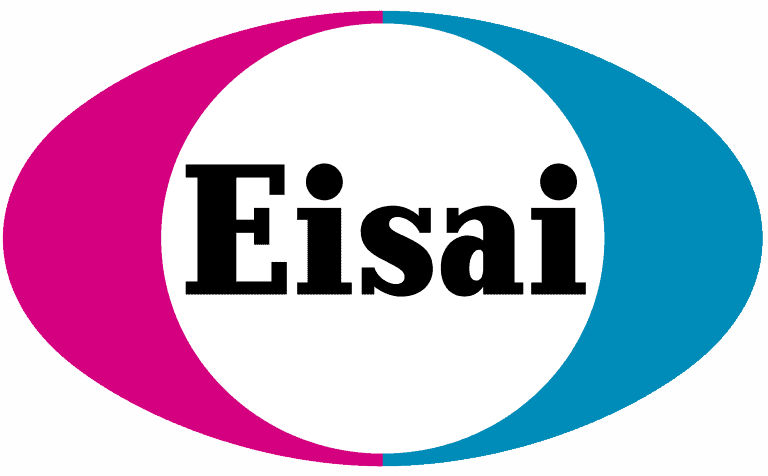Stoke Therapeutics published a paper in Nature Communications detailing the mechanism of action for their new TANGO (targeted augmentation of nuclear gene output) therapy that utilizes ASO (antisense oligonucleotide) technology. While the applications of this technology have been discussed in presentations and meetings, this is the first publication detailing how it was developed.
Cells use alternative splicing to generate different messenger RNA (mRNA) transcripts from a single gene in your DNA. Traditionally, alternative splicing was thought of as a way for one gene to produce multiple functional protein products. However, advances in our understanding of RNA biology have uncovered various functions of alternative splicing, and many genes use alternative splicing as an additional way to regulate how much protein is produced from a gene. Sometimes genes include segments of the genetic code that target the mRNA strand to be destroyed, rather than utilized to produce protein. The SCN1A gene uses this alternative splicing approach, sometimes including a “non-productive exon” between the normal coding sequence in exon 20 and 21 (this exon has also been referred to by other groups as a “poison exon”- see Carvill et al 2018). Inclusion of this \”non-productive exon\” results in the mRNA transcript begin destroyed rather than begin used to produce Nav1.1 protein.
The researchers at Stoke Therapeutics wanted to leverage this regulatory mechanism as a therapeutic approach to increasing SCN1A gene expression. The developed ASOs (short single-stranded segments of RNA that bind target RNA sequences) to target the “non-productive exons” for genes of interest in neurological disorders, including SCN1A. The researchers were able to show in cells and in mouse brain that the ASOs for SCN1A greatly reduced the number of mRNA transcripts that included the “non-productive exon,” increased mRNA transcripts without the poison exon, and ultimately increased levels of the Nav1.1 protein.
The results in this paper did not include any investigation of how this may work to reverse or protect against disease phenotypes in mouse models of Dravet. However, at the 2019 AES meeting, they showed that the ASO they developed for SCN1A (called STK-001) can reduce seizures and SUDEP in \”Dravet mice\” when treated before and shortly after symptoms present. They have also shown STK-001 can upregulate the SCN1A gene in non-human primates. In July 2020, just prior to this publication, Stoke announced they are beginning enrollment of human clinical trials for STK-001.







